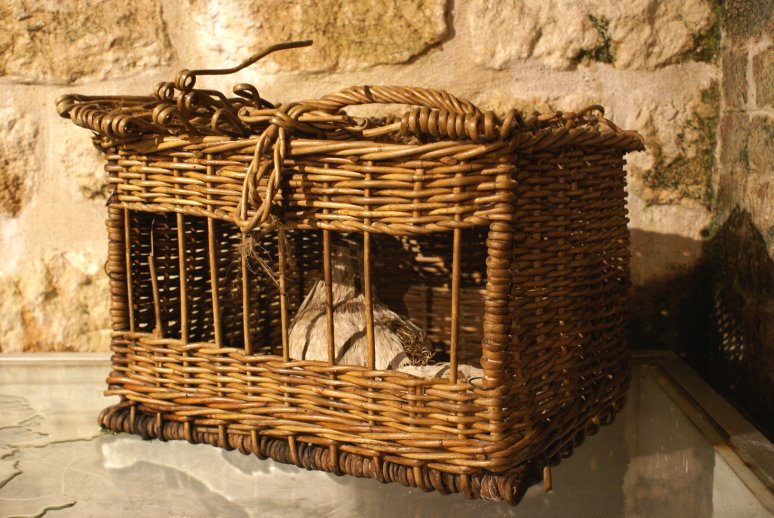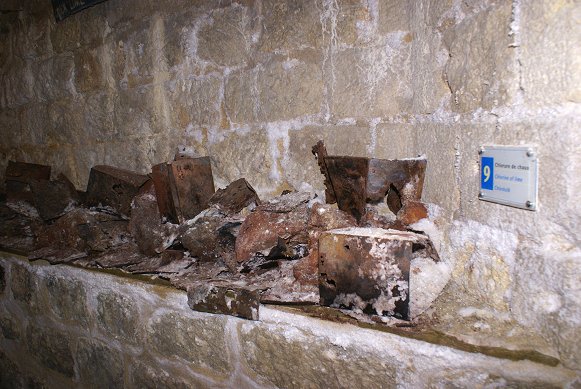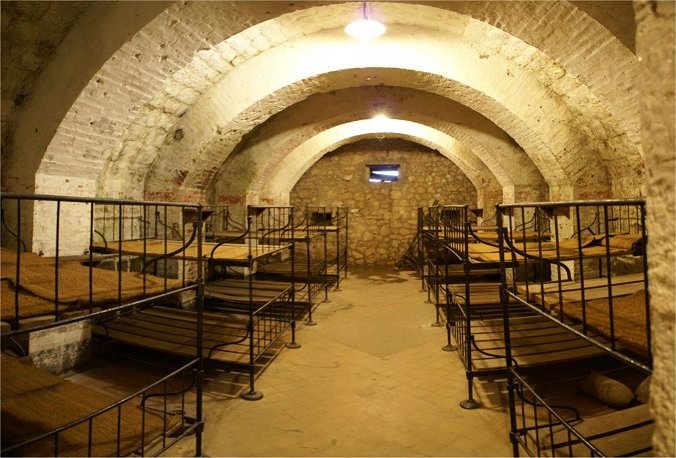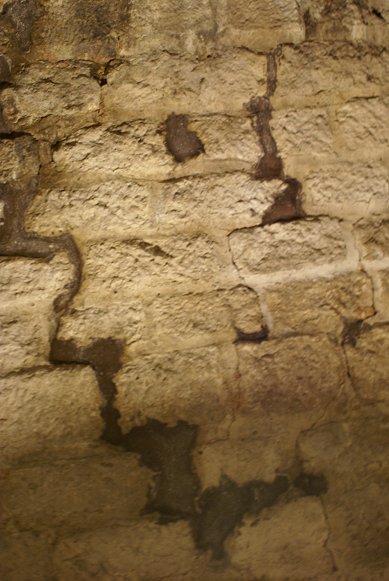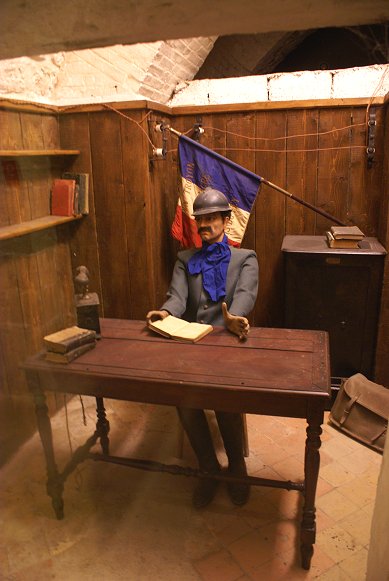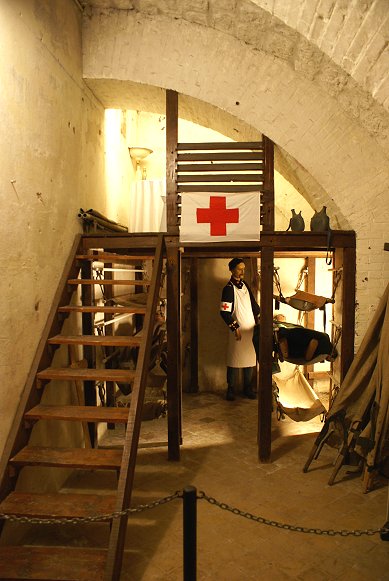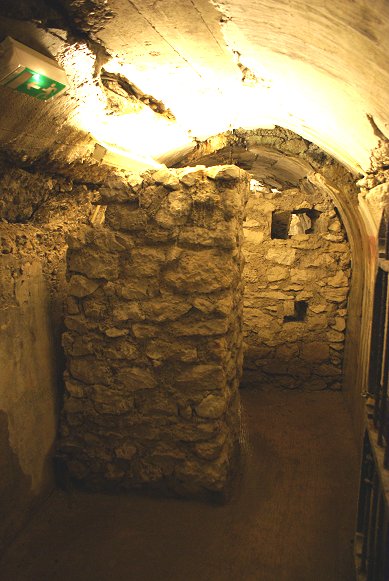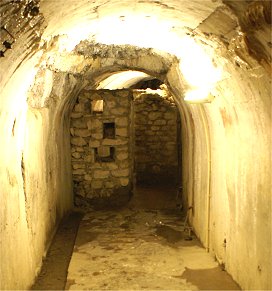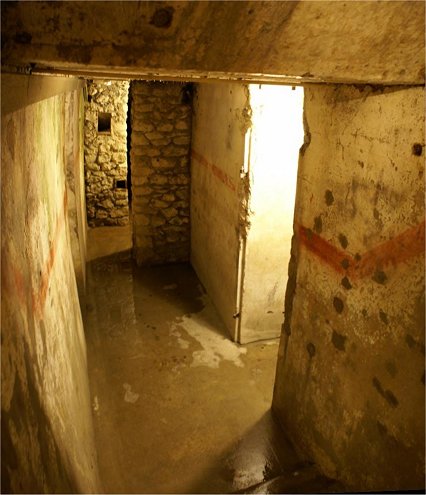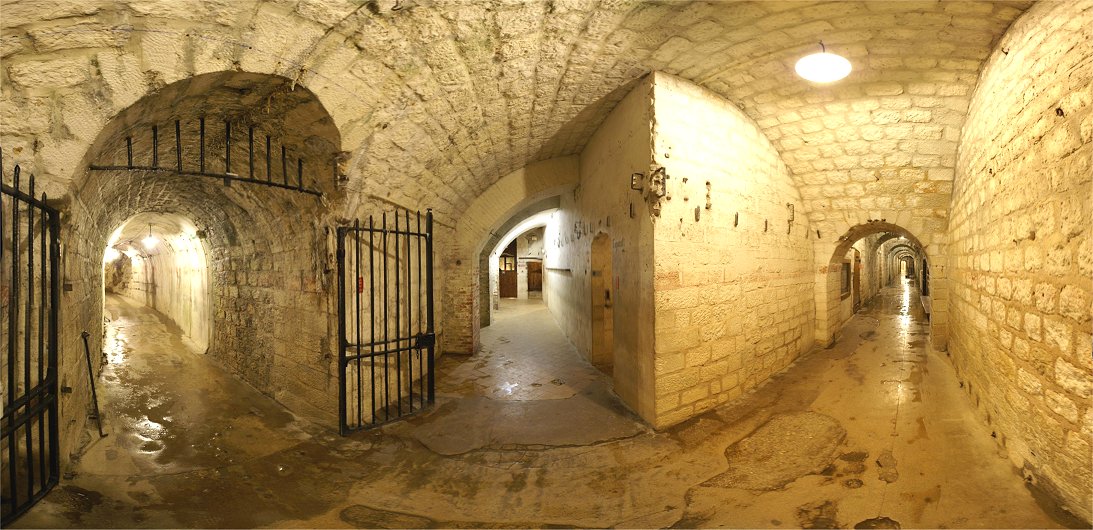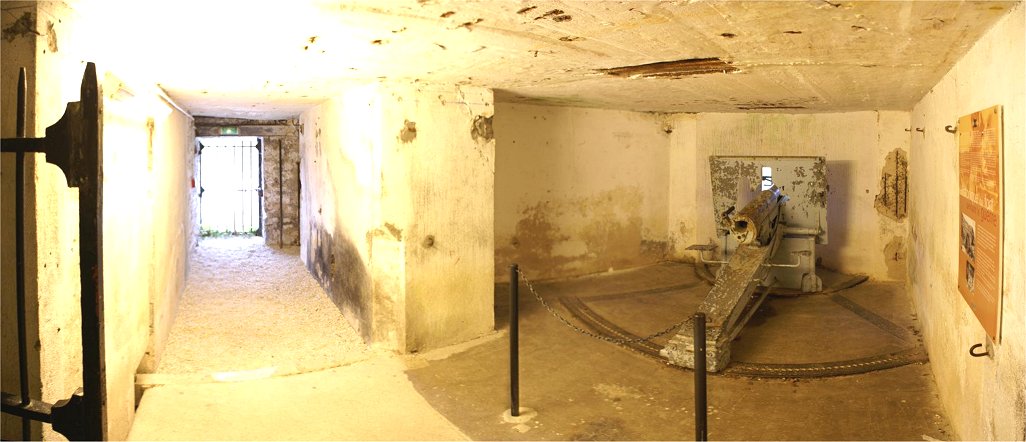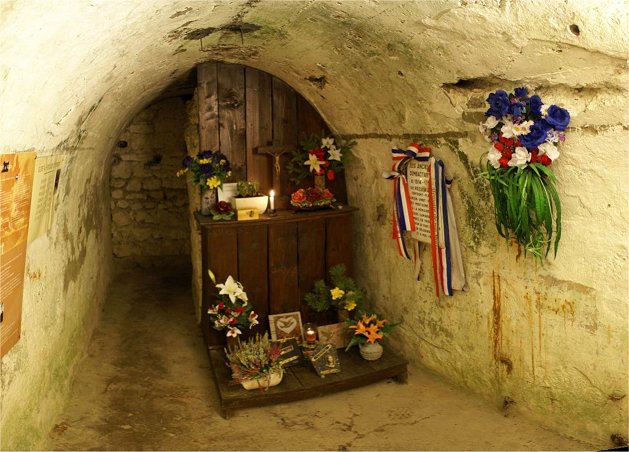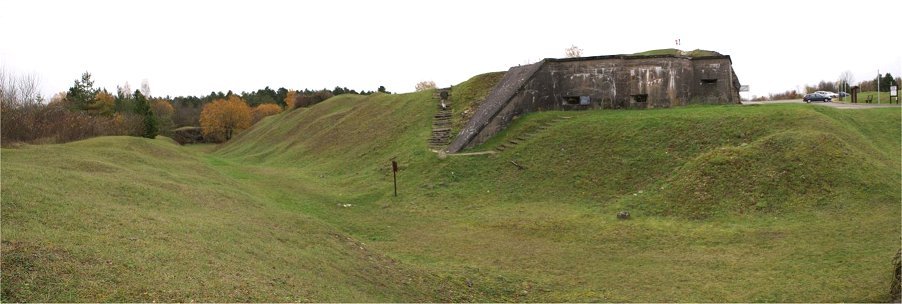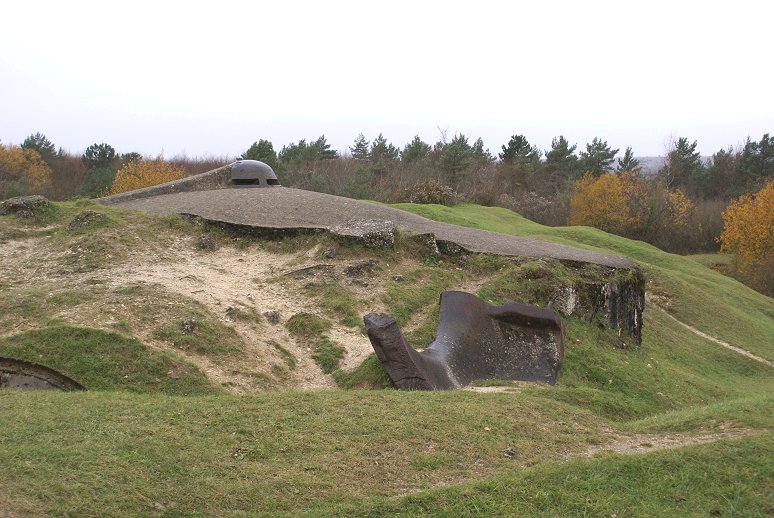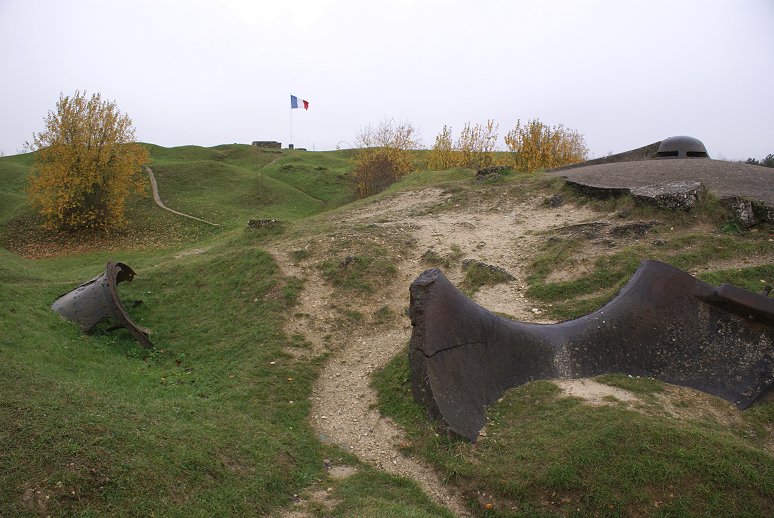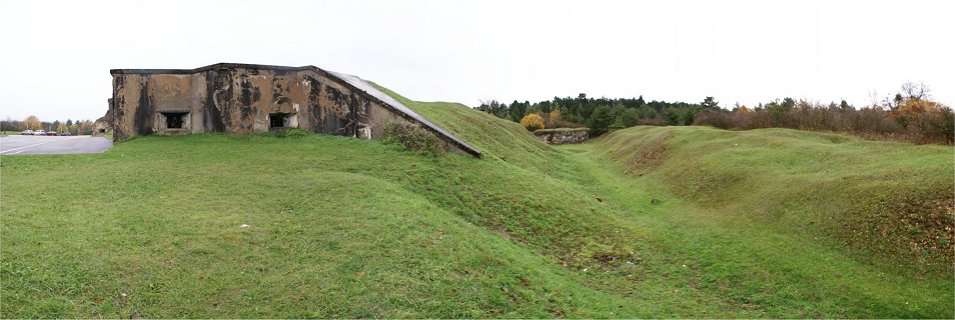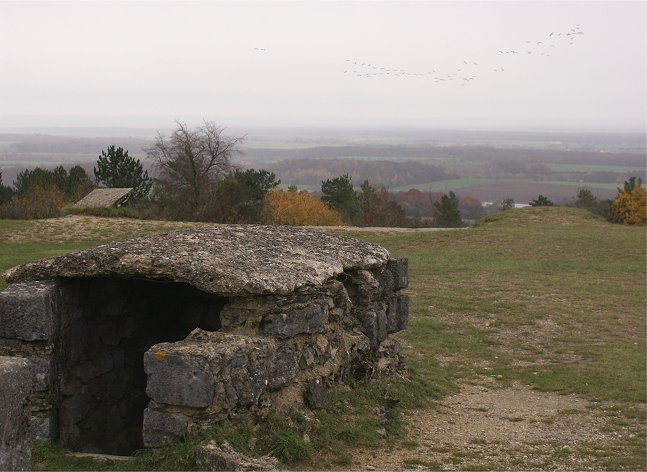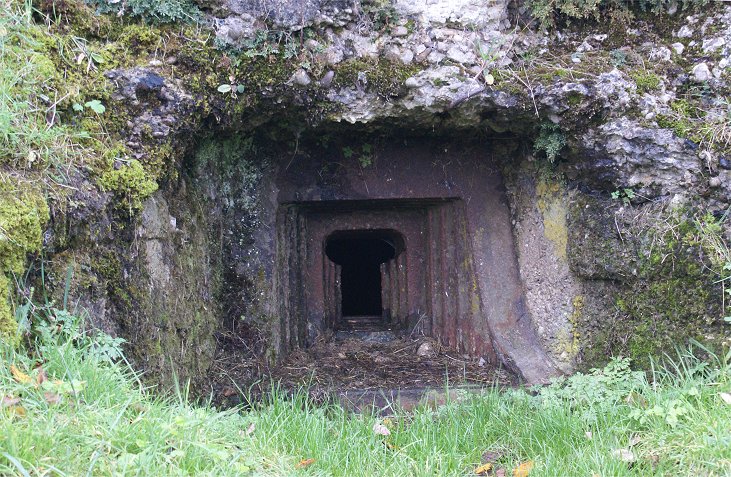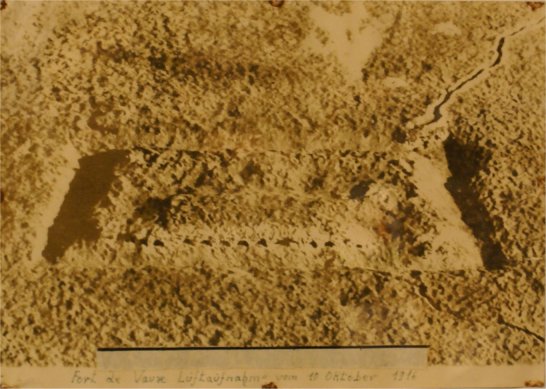On June 1st, the German attacked. When guns in the northwest casemate jammed, Germans crossed the ditch and reached the top of the fort, where they were pinned down by fire from the northwest casemate and from neighboring French positions until June 3rd. In the ditch, however, there was success. Lowering bags of grenades in front of the northeast casemate, the pioneers were able to enter the casemate. Breaching a sandbag barrier and tossing grenades into the northwest casemate, the Germans were able to enter the fort there also. By the next day, the fort was surrounded, and fighting continued inside the fort. On June 4th, a French counterattack was repulsed, and the Germans began using flame throwers on any available opening. The same day Raynal was informed that the cistern was cracked and there was not enough water. On June 5th, the Germans blew a hole in the southwest casemate, but using the flame thrower through the hole resulted in the flame being blown back at the Germans. Running out of water and with German rounds destroying a gallery, the French surrendered on June 7th. Although French counterattacks had suffered heavily, the French in the fort had lost only about 20 killed and 80 wounded compared to German losses of around 2,700.
The French recaptured the fort in November.
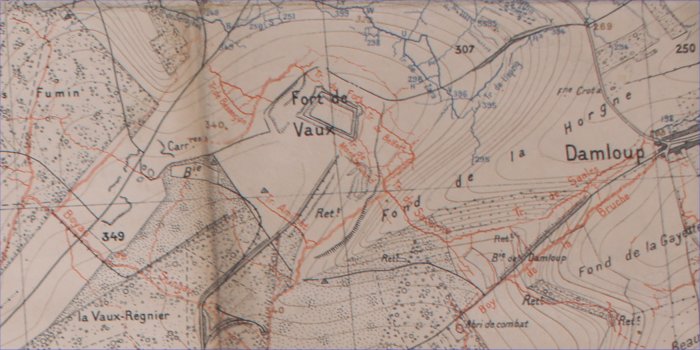
June 1, 1916 Trench Map From George C. Marshall Library
